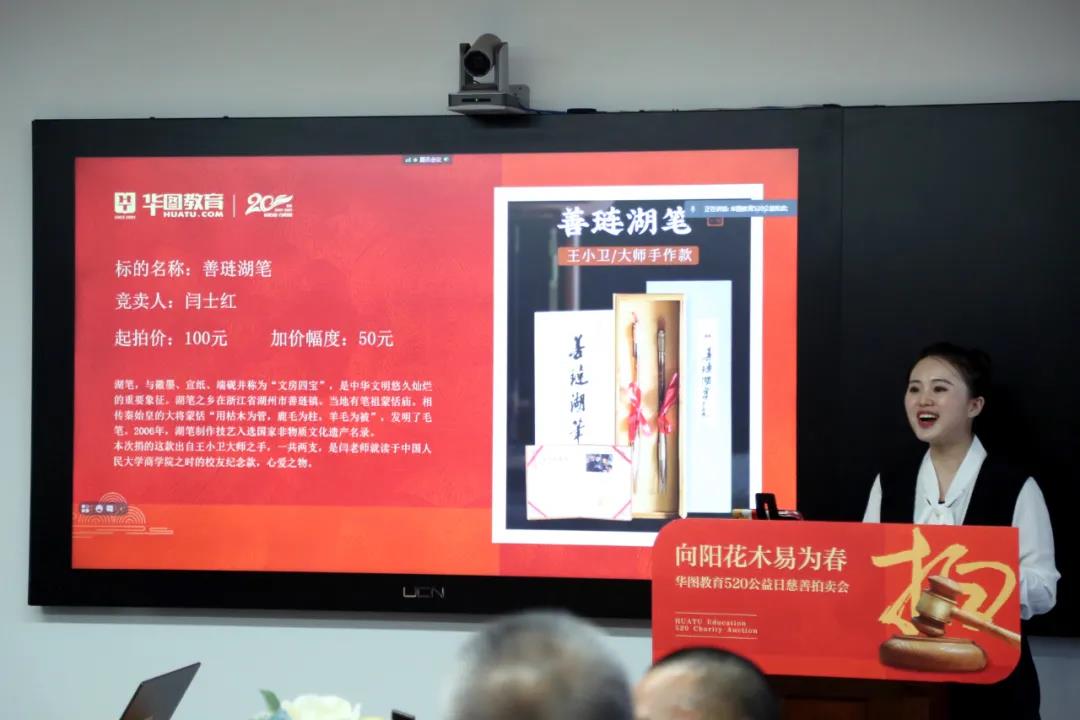- 推荐课程
- 课程导航
- 备考工具
- 华图网校
| 省考笔试 | 22年西藏公务员寒假班 |
| 高端课程 | 22年西藏省考高端课程 |
| 事业单位笔试 | 22年西藏事业单位寒假班 |
| 医疗笔试 | 22年西藏医疗考试寒假班 |
| 教师笔试 | 22年西藏教师考试寒假班 |
| 省考笔试 | 22年西藏公务员寒假班 |
| 高端课程 | 22年西藏省考高端课程 |
| 事业单位笔试 | 22年西藏事业单位寒假班 |
| 医疗笔试 | 22年西藏医疗考试寒假班 |
| 教师笔试 | 22年西藏教师考试寒假班 |
| 考试类型 | 报名时间 | 笔试时间 | 公告详情 |
|---|---|---|---|
| 选调生 | 2019-10-29 | 待定 | 查看 |
| 事业单位 | 2019-07-31 | 2019-08-12 | 查看 |
| 省考 | 2019-08-06 | 2019-08-24 | 查看 |
| 事业单位 | 2019-07-12 | 待定 | 查看 |
| 事业单位 | 2019-08-20 | 待定 | 查看 |
| 事业单位 | 2019-07-24 | 2019-07-25 | 查看 |
| 社区工作者 | 1970-01-01 | 待定 | 查看 |
报名:07月31日-08月07日 考试:2019-08-12
报名:07月12日-07月17日 考试:待定
报名:08月20日-01月01日 考试:待定
报名:07月24日-07月25日 考试:2019-07-25
报名特岗教师需要注意什么?
报名特岗教师需要注意什么?
报名特岗教师需要注意什么?
报名特岗教师需要注意什么?
Famous teacher of Huatu

华图名师
华图教育成立于2001年,秉承“以教育推动社会进步”的使命…
华图教育荣获百度教育盛典"砥志研思奖"…
好老师、好课程、好服务是教育行业的良心…
专升本和普通本科报考公务员考试…
701家直营分部和学习中心
覆盖全国319个地市
专职师资+
教研人员共计10000余名
拥有25000余名员工
每年培训学员超过230万人

2021年6月21日,中南大学2021届选调生出征仪式暨“华图教育基金”捐赠签约仪式于中南大学隆重举行。中南大学党委常委、副校长朱学红,党委副书记、纪委书记伍海泉,党委副书记黄健陵,华图教育董事长易定宏出席。

今年,是华图的20周岁生日。20年来,华图始终没有忘记作为教育企业所肩负的社会责任,始终热心公益事业,参与了包括抗震救灾、扶贫捐款、大学生就业创业等项目,始终走在公益第一线。

今年春天,华图和“新冠”有一场战争。这场战争,对我们而言,是一次危机,更是一次检验。无数华图人,坚守岗位,严阵以待。

在抗击疫情的关键阶段,华图教育党委积极响应党中央号召,号召广大党员不忘入党初心、勇担职责使命,积极主动捐款。截止3月2日,华图教育各部门、各分子公司党员群众共捐款30.5万元,让全体员工的爱心之光照亮战疫之路。在此之前,华图教育推出“多一次

近日,针对全国多地集中爆发新型冠状病毒感染的肺炎疫情,华图教育管理层在思想上高度重视,采取一切必要的措施,确保公司员工、老师和学员的健康安全。同时,公司克服全国防控疫情带来的不便,想方设法满足学员的学习需求。

12月31日,华图教育集团CEO张仕友一行来桑植县开展捐资助学活动,捐款200万元用于支持细砂坪学校建设。副市长欧阳斌、尚生龙,县委副书记、县长赵云海,张家界市人民政府驻北京联络处主任朱爱民,副县长王茂蓉、陈荣昌出席活动。








